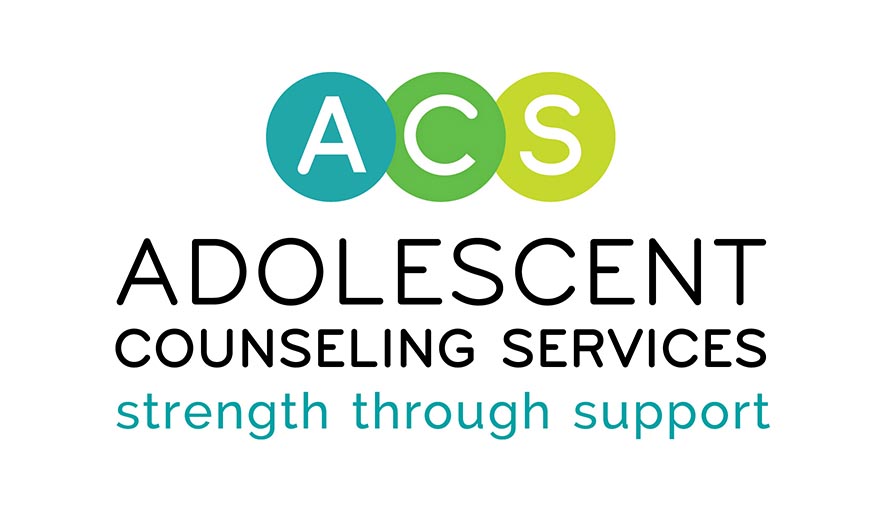
Autonomy in Adolescents
Written By: Kenzie Bohnsack, Clinical Intern at ACS, Adolescent Substance Abuse Treatment Program
A desire forautonomy is experienced at two critical stages in life, toddlerhood and adolescence. Autonomy can be defined as feeling, behaving, and thinking independently, a sense of self-governance or freedom to make choices. During adolescence, youth begin to separate from their parents and find their own identity and think independently. Caregivers may either threaten or foster autonomy in adolescents. There may be long-term consequences for an individual who fails to gain autonomy at the appropriate time or gains too much autonomy too early (Davis & McQuillin, 2021).
Adolescents learn best through practice and must learn to problem solve, establish their own set of values, and take on more responsibility. Youth benefit from guidance and support and helping adolescents exercise healthy autonomy may mitigate psychological risks. Research demonstrates that increased autonomy without guidance from adults is harmful to adolescents’ development (Davis & McQuillin, 2021). On the other hand, using controlling or coercive measures to protect an adolescent from making risky decisions may lead an adolescent into further pursuit of autonomy and often in the opposite direction intended by well-meaning adults (Davis & McQuillin, 2021). Essentially, there are risks associated with both complete autonomy as well as excessive control. A balance between independence and support is needed and often stems from having a close, emotional relationship between the adult and teen.
There are several ways in which adults can support healthy autonomy in adolescents.
- Supportive exploration and individuality
- Validating youth’s opinions, even when adults may disagree
- Acknowledging the youth’s perspective and emotions
- Offering choices, meaningful choices
- Encouraging youth to problem solve and make decisions for themselves
- Guide adolescents rather than make decisions for them
- Providing objective feedback on adolescent-initiated goals
- Using non-controlling language
- Role modeling healthy decisions and behaviors
- Thought praise or rewards following desirable behavior (positive reinforcement)
- Establishing clear and consistent expectations that are age appropriate
- Allowing teens to have total responsibility for the small things in their life (e.g., extracurricular activities, décor of their bedroom, style of hair or choice of music)
Adults or caregivers may often hear “It’s my life” or “Why do you have to know everything I’m doing?” While these responses may feel like a form of rejection or resistance, adolescents are often trying to exercise their autonomy and desire for privacy to figure things out on their own. Ultimately, teens need to practice making their own decisions, as in a few short years, they will be on their own. Additionally, while teens may never admit it, guidance and support from a caring adult is valuable and healthy in their development.
References:
Davis, A. L. & McQuillin, S. D. (2021). Supporting autonomy in youth mentoring relationships. J Community Psychol, 1-19.
Arnold, K. (2017). Adolescents and autonomy https://allthrive.org/adolescents-and-autonomy/
Fraser – Thill, R. (2019). Helping your adolescent child develop autonomy. https://www.verywellfamily.com/autonomy-definition-3288320
Helping your teen develop autonomy (2019). https://middleearthnj.org/2019/01/27/helping-your-teen-develop-autonomy/
Development of autonomy in adolescence (2002). https://www.basicknowledge101.com/pdf/Development%20of%20Autonomy%20in%20Adolescence.pdf
